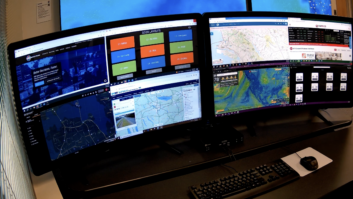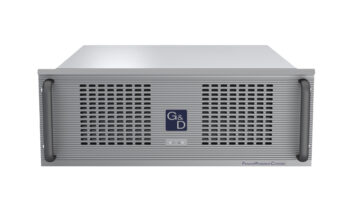
Marc Weber is head of the OCA marketing group and product manager at d&b audiotechnik. Here he explains what Open Control Architecture is and what it offers the installation world.
The growth of media networking technologies has led to the development of many discrete program transport protocols for which there exists no common means of control. Until now, that is. The Open Control Architecture (OCA) Alliance – a non-profit organisation, comprising leading professional audio and AV manufacturers – formed in 2011 with the aim of developing just such a means of controlling and monitoring network installations comprising different manufacturers’ devices, supporting different program transports. Now that standard is freely available and is soon to be ratified as an Audio Engineering Society standard.
In simple terms OCA is not unlike MIDI in electronic musical instruments: a common language for real-time remote control and monitoring of the functions of devices producing different signals. Critically, OCA is transport-agnostic and – using commodity Ethernet networking hardware and standard 802.11 WiFi – can currently be used on the same cable as audio transport protocols such as Dante, AVB, AES67 or CobraNet, to provide real-time control and monitoring of a distributed DSP system.
Just as importantly, OCA is scalable from the simplest single device and remote control application, to networks comprising up to 10,000 elements, making it applicable for complex multiple environment control solutions; where, for example, disparate conferencing, congress, entertainment and voice alarm audio networks can be controlled together, from numerous locations. With OCA, all these systems can ‘speak’ the same language and integrators can focus on the user requirement and optimum interface, rather than on the different proprietary remote and monitoring protocols. OCA enables multiple controllers to be applied and is suitable for lightweight implementations with simple low-power devices, and has been proven to run on low-cost microcontrollers. It is not in any way a replacement for existing manufacturer-specific control solutions like Crestron or AMX. OCA provides an additional mechanism which can be used by control solution providers for connecting to and controlling devices. This provides the means to support the control of ‘external’ devices, similar to the way in which RS-232 and Telnet commands are used today, but with much faster response time, greater reliability, and far more flexibility with an open standardised technology.
Alliance members currently include Attero Tech, Audinate, Bittner Audio, Bosch Communications Systems, d&b audiotechnik, Focusrite, Harman Professional Group, LOUD Technologies, PreSonus, RCF, Salzbrenner Strategic Media Group, TC Group and Yamaha Commercial Audio. Take a minute to think about the market coverage these manufacturers and all of their subsidiary brands have in the AV market.
As a public open standard, headed to become an AES standard in 2015 through the AES X210 project, the OCA specification is available free of charge; no licence fees are required and it is not necessary to be an OCA Alliance member.
OCA offers new opportunities to manufacturers, system designers, integrators and end-users alike in installation, replacing the current world of closed ecosystems with a powerful new world of interoperability. The vision is that devices from different manufacturers will be operable under a common control protocol, enabling their use in many new applications and environments. This will mean that designers and integrators will be free to devise ‘mixed network’ solutions, integrating a far wider range of different devices than ever before.







